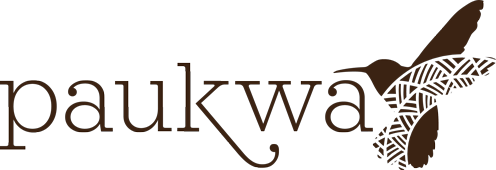Akuparraparait (Turkana earring)

Body puncturing, which is a form of body modification, has been common in African cultures for centuries. Body piercings to wear elaborate jewelry is and has been the norm for many communities, including the Turkana community of Kenya.
Turkana women for instance have been known to wear jewelry created from beads around their necks (and this is one of the things that makes them similar to Samburu and Maasai women) and aluminum or brass items.
The Akuparraparait falls within the latter. It is an everyday piece of jewelry, an aluminum earring popular among Turkana women, worn on the helix (the upper part of the ear).
Kamba Anklet

Maasai Necklaces

Leg bell (Tharaka)

The Tharaka community is a sub-tribe of the larger Meru community. Like many practices common across several indigenous African communities, the Tharaka had various rites that they practiced, from birth and naming ceremonies, to initiation rites to mark transitions, and even death rites to send off the deceased.
A common artefact in some of these rites was a leg bell which was worn during the initiation ceremonies of warriors – known as ngoromo, and by community dancers at various festivals. The Tharaka name for this jewelry is unclear, but what is known is that it was made by Tharaka blacksmiths who often used metal and sometimes wood.

